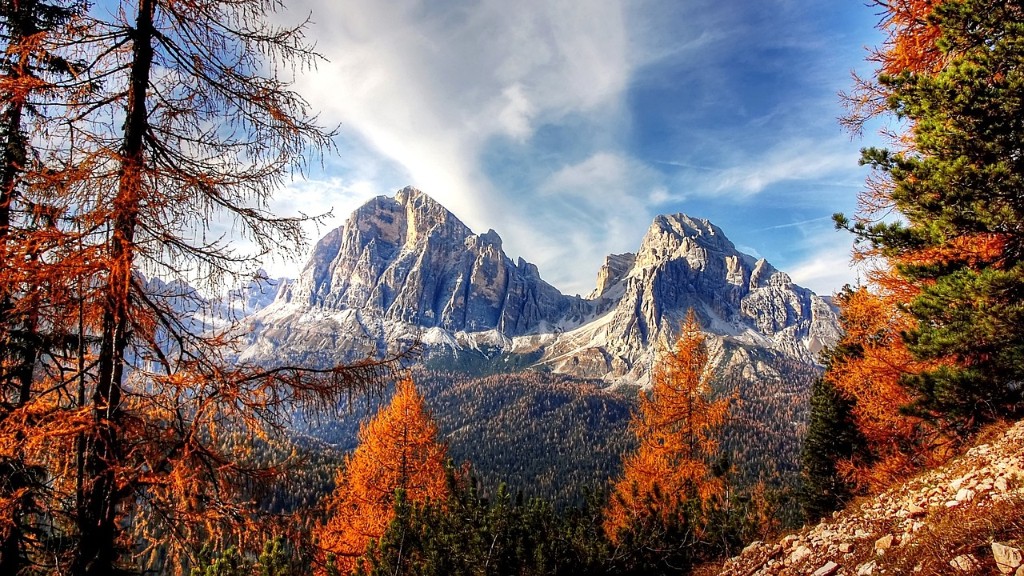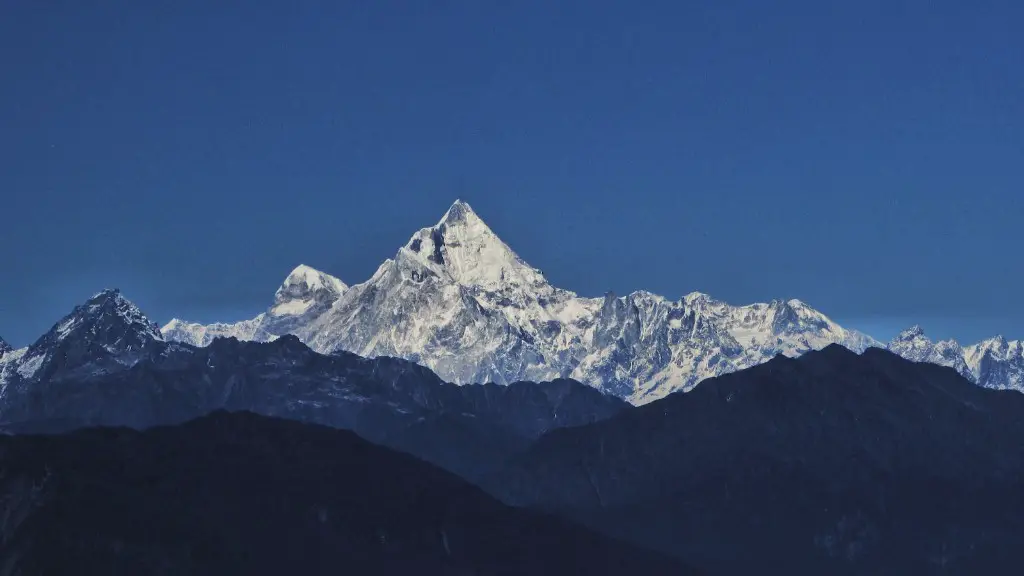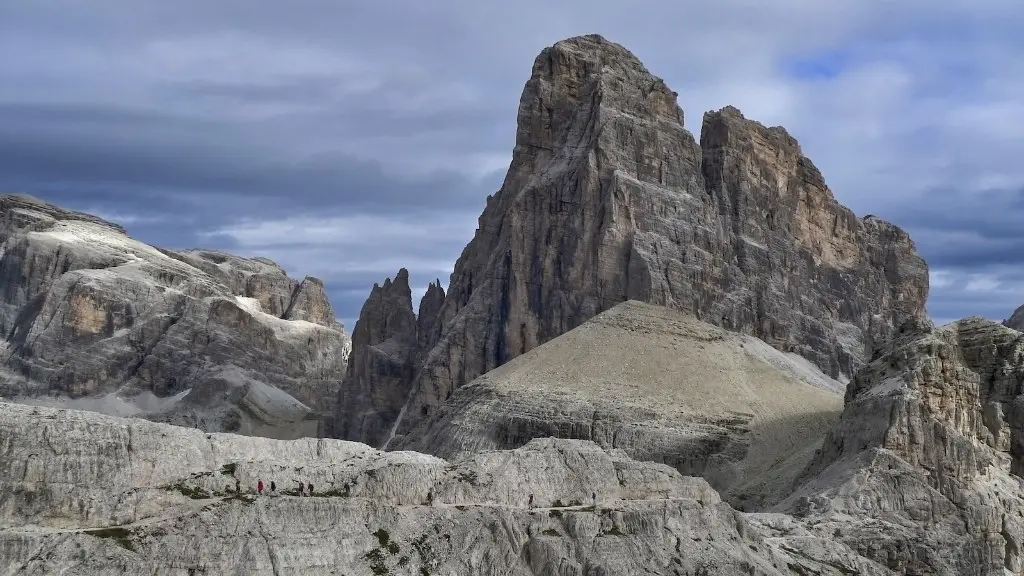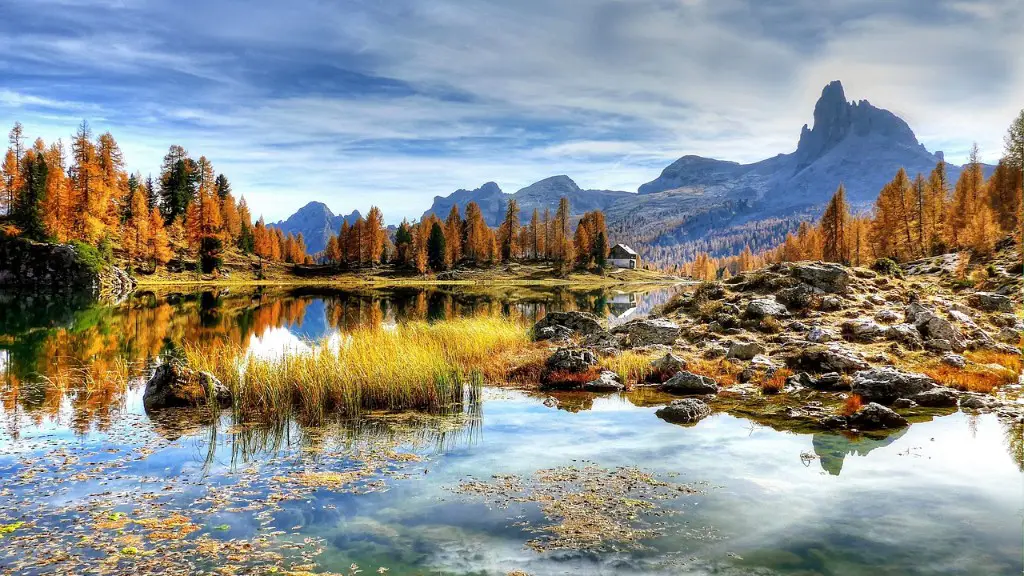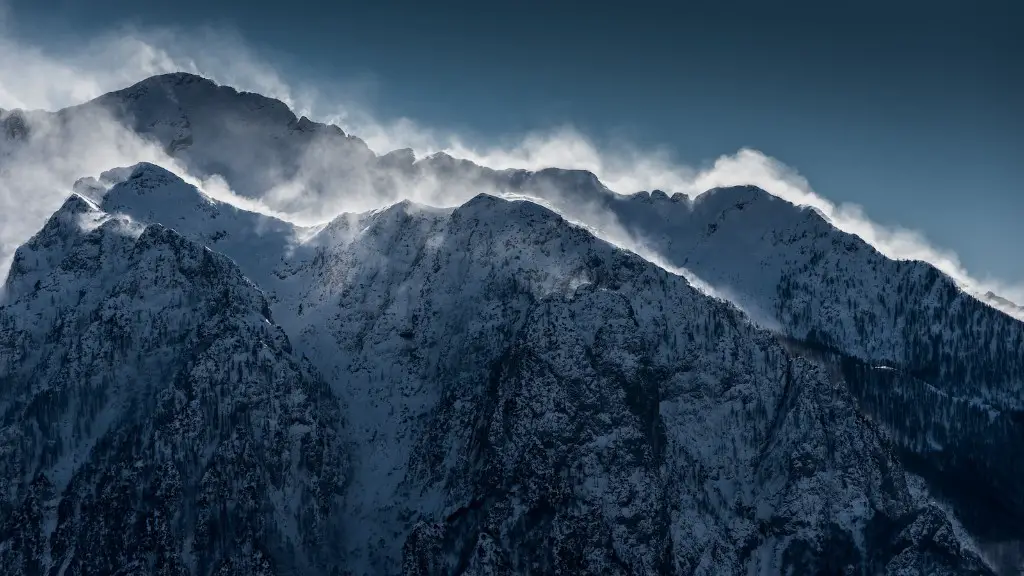Mount Fuji, Japan’s tallest mountain, is an active volcano that last erupted in 1707. The type of volcano is called a stratovolcano, also known as a composite volcano. This type of volcano is made up of layers of lava, ash, and rock.
Mount Fuji is a composite volcano, made up of many layers of lava and ash.
Is Mount Fuji a cinder cone volcano?
Mount Fuji is a stratovolcano, not a cinder cone volcano. It is composed of multiple layers of varied materials that have built up from previous eruptions. Cinder cone volcanoes are much smaller, typically with a large crater, and are made from congealed lava (cinders) that have been ejected from the vent.
A composite volcano is a tall, symmetrically shaped volcano with steep sides. They are built of alternating layers of lava flows, volcanic ash, and cinders. Famous composite volcanoes include Mount Fuji in Japan, Mount Shasta and Mount Lassen in California, Mount St. Helens in Washington, and Mount Vesuvius in Italy.
Is Mount Fuji an active or extinct volcano
The volcano is considered active and has erupted more than 15 times since 781 However, Mount Fuji has been dormant since an eruption in 1707, and its last signs of volcanic activity occurred in the 1960s. Mount Fuji is the highest mountain in Japan and is a popular tourist destination.
The present-day mountain of Mount Fuji is actually made up of three different volcanoes that have erupted successively over time. The bottom layer is made up of Komitake, which was then surmounted by Ko Fuji (also known as “Old Fuji”). The most recent and current layer is Shin Fuji (or “New Fuji”). Layers of lava and other materials ejected from Ko Fuji have gradually covered Komitake over the millennia.
What volcano has a cinder cone?
Parícutin is a cinder cone volcano that is located in Mexico. The volcano is approximately 1,200 feet tall and is surrounded by a plain. Parícutin is an active volcano that last erupted in 1943.
Cinder cones typically have an asymmetric shape, with the cone being taller on the downwind side. This is due to the fact that cinder cones form over a linear fissure vent, which is elongated. Additionally, cinder cones that form in areas with strong prevailing winds are also often asymmetric due to the influence of the wind.
Why is Mount Fuji a composite volcano?
Mt Fuji’s unique composition is due to the accumulation of lava, lapilli, and ash from repeated eruptions. Most other Japanese volcanoes are made of andesite, but Mt Fuji’s volcanic product is basalt. This makes it a very interesting and unique volcano.
A stratovolcano is a type of volcano that is built up of layers of lava flows and other materials. This makes them some of the most dangerous types of volcanoes because they can erupt with little warning and cause great damage. A cinder cone volcano is a type of volcano that is made up of a steep conical hill of tephra, or volcanic debris. These volcanoes are not as dangerous as stratovolcanoes because they do not erupt with as much force.
What Mount has 3 volcanic cones
The country of Tanzania is home to Mount Kilimanjaro, which is the tallest mountain in Africa. Mount Kilimanjaro is made up of three volcanic cones, which are Mawenzi, Shira, and Kibo. At 19,340 feet (5,895 meters) tall, Mount Kilimanjaro is an impressive sight to behold.
1. Mount Fuji is actually three volcanoes in one.
2. Women were forbidden to climb it until 1868.
3. It is a sacred mountain.
4. It was first climbed by a monk.
5. It is a symbol of Japan.
6. It is an active volcano.
7. It last erupted in 1707.
8. It is surrounded by five beautiful lakes.
Will Mount Fuji ever erupt again?
Mt. Fuji is a beautiful mountain that is popular with climbers and tourists. However, it is also an active volcano that has erupted about 180 times over the past 5,600 years. The most recent one was more than 300 years ago, the Hoei eruption of 1707. Experts anticipate that another eruption could occur again before long.
Volcanic ash is a type of rock that is formed during a volcanic eruption. It is made up of small pieces of rock and other materials that are ejected into the air by the volcano. Volcanic ash can be a hazard to people and property if it falls in a populated area. The ash can cause damage to buildings, cars, and other infrastructure. It can also cause respiratory problems in people who inhale it. Volcanic ash is a big concern for authorities if a large eruption were to happen at Mount Fuji, because of the potential for widespread damage.
Is Mount Fuji in the Ring of Fire
Mount Fuji, Japan’s tallest and most famous mountain, is an active volcano in the Ring of Fire. The last time it erupted was in 1707, and it is expected to erupt again soon. Scientists are monitoring the mountain closely, and people living nearby are advised to be prepared for an evacuation.
The most recent eruption of Mount Fuji was in 1707-1708, when 08 cubic km of ash, blocks, and bombs were ejected. This was one of Five historic eruptions that caused damage, but no fatalities. The two largest eruptions of Mount Fuji were in 1050 and 930 BC, with a VEI of 5.
Why is Mount Fuji so sacred?
Mount Fuji is a sacred place in Japanese religion and is often referred to as Fujiyama or Fuji-San. It is worshipped as a god (kami) in Japan and its volcanic activity is said to symbolize the earth, sky, and fire. Every year, many pilgrims make the journey to the summit of Mount Fuji either on foot or in the cable car.
A cinder cone is a type of volcano consisting of a cone-shaped mound of volcanic ash and cinders that accumulates around a volcanic vent. They are typically small in size (less than 400 m in height) and are the most commonly found type of volcano in the world. Cinder cones may form by themselves or when new vents open on larger, existing volcanoes. Mauna Kea, a volcano on the American island of Hawaii, and Mount Etna, a volcano on the Italian island of Sicily, are both covered with hundreds of cinder cones.
Warp Up
Mount Fuji is a stratovolcano, which is a type of volcano that is formed by layers of solidified lava, ash, and rock.
After much research, it has been concluded that Mount Fuji is a stratovolcano. This type of volcano is also known as a composite volcano and is characterized by its steep sides and cone shape.
